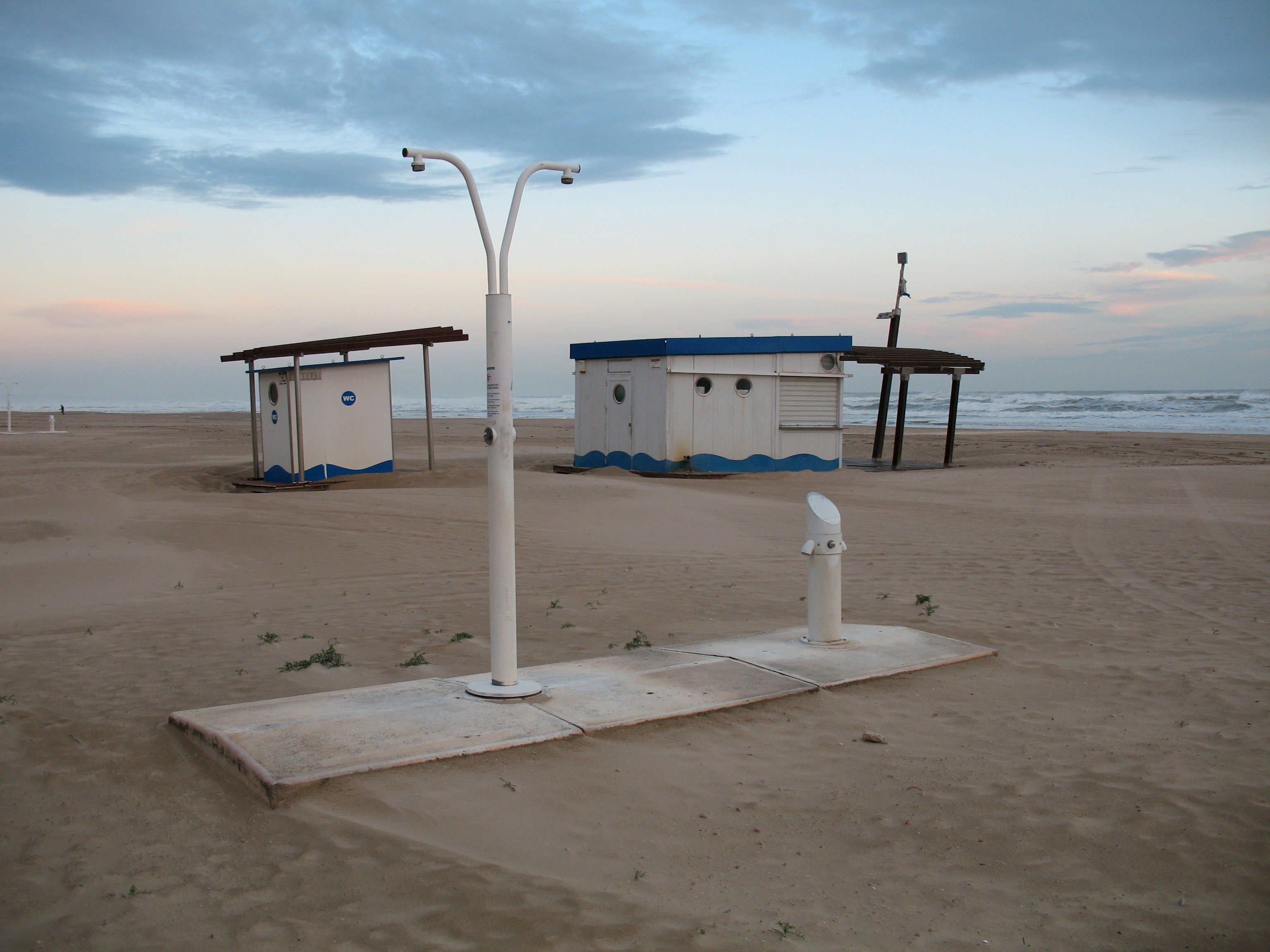What is it about?
In finite-element simulations of composites, traditional design assumes that phases on two sides of their interface must possess coinciding meshes. But imagine you are creating a representative volume element of a CNT nanocomposite. Modelling one CNT as a cylinder with 100 hex elements in its cross-section, surrounded by epoxy, presents no difficulty for a student on a laptop. Modelling 50 CNTs will require already a workstation. But RVE concept demands simultaneous modelling of hundreds, if not thousands, of filler particles. In mechanical analysis, the so-called "embedment" procedure overcomes the difficulty, where CNTs are modelled as 1D objects and matrix has simple regular mesh independent on CNTs placements. But in thermal analysis, implementation of embedment for 1D objects is prohibited by the appearing singularity.
Featured Image

Photo by Martin Lostak on Unsplash
Why is it important?
In our study, we overcome the singularity by developing the equivalence theory and present the algorithm ready to be implemented by both independent researchers and the developers of finite-element software, like Abaqus. By rough estimation, the developed procedure allows to reduce computer time and resources at least 1000-fold.
Perspectives
It is known in the literature that the increase in the number of simultaneously modelled filler particles (or other modelling units) can lead to the appearance of novel results. The target of our study is this increase not by several times but by several orders, keeping in mind the Avogadro constant as the ultimate limit.
Sergey G. Abaimov
Read the Original
This page is a summary of: Overcoming the singularity of 1D embedment enhances computational efficiency of CNT nanocomposite thermal analysis multifold, Applied Physics Letters, July 2023, American Institute of Physics,
DOI: 10.1063/5.0164016.
You can read the full text:
Contributors
The following have contributed to this page










